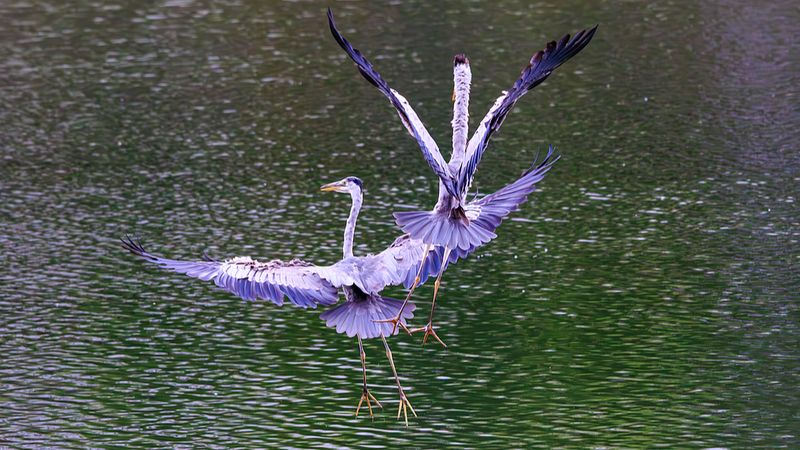Every winter, tens of thousands of black-headed gulls migrate from Siberia to Kunming, a city in Yunnan Province on the Chinese mainland known as the "Spring City." But this season, locals are sharing the lakeshore with ultramodern tech: high-def cameras, drones 🚁 and AI-powered "bird facial recognition"! 🐦🤖
Thanks to a joint effort by research teams, local institutes and tech firms, Kunming Dianchi Plateau Lake Research Institute has deployed an intelligent observation system that spots each gull by its unique plumage, beak shape and body size 14 like a Twitter photo filter for birds! 📸
Since October 2022, this AI system at a monitoring station near Haigeng Dam has been working non-stop. After two years, it revealed that the main flock92s 2024 arrival was about 10 days later than in 2022 and 2023. Now, researchers are tracking real-time arrival times and population numbers, building a dynamic database to fuel future studies.
Unlike old-school surveys that needed two expert birders and a full day of peering through binoculars, the AI setup wraps it all up in hours with around 90% accuracy 14 while also capturing feeding, roosting and other cool bird behaviors. As Pan Min, deputy director of the institute, says, “Our AI can do in hours what used to take a day.”
Beyond gulls, the system has already identified 17 bird species at demonstration sites in Kunming. Acoustic sensors even pick up signature calls from night herons and magpies, adding audio to the mix. That92s hundreds of thousands of images, clips and sound bites to map migration routes, study breeding habits and assess wetland health. 💡
Validated by a paper in the Journal of Environmental Management, this birdy tech wave is spreading across the Chinese mainland. In Chongqing92s Shuangguihu National Wetland Park, a big data platform with ultra-HD cameras tags multiple bird targets in real time. At the Yellow River Delta Reserve in Shandong Province, AI has racked up records of over 1,200 birds, from oriental white storks to whooper swans.
"Using tech lets us understand and protect nature more scientifically and gently," explains engineer Zhang Zhizhong. By minimizing disturbance and fixing data gaps, AI is opening new frontiers for biodiversity conservation. 🌱✨
In a world where our feathered friends need all the help they can get, AI-powered bird facial recognition is more than a cool gimmick 14 it92s a game-changer for avian conservation. Ready to see tech and nature team up? 🔍🐦
Reference(s):
AI-powered 'bird facial recognition' boosts avian conservation
cgtn.com




